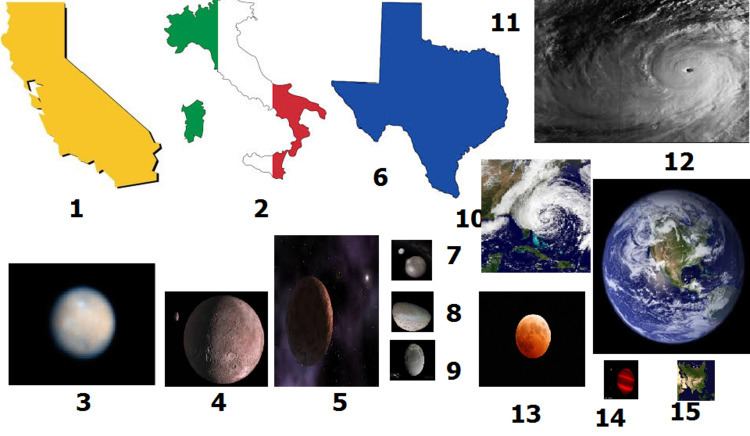Unit system metric Symbol Mm | Unit of length 1 Mm in ... ... is equal to ... | |
 | ||
SI units 7006100000000000000♠1×10 m astronomical units 6.6846×10 AU
1.0570×10 ly
3.2408×10 pc | ||
The megametre (International spelling as used by the International Bureau of Weights and Measures; SI symbol: Mm) or megameter (American spelling) is a unit of length in the metric system, equal to one million metres, the SI base unit of length, hence to 7006100000000000000♠1000 km or approximately 621.37 miles.
Megametres (from the Greek words megas = big and metro = count/measure) are rarely seen in practical use, e.g. "7006500000000000000♠5000 km" is much more common than "5 Mm". Unless dealing with astronomy, distances on Earth can't be more than 7007400750000000000♠40075 km (Equator length), although megametres may be used to measure the extensions of road systems and air travel distances, among other things rather than distances. The symbol (Mm) can also be confused with millimetres (mm). Megametres are also occasionally found in science fiction.
